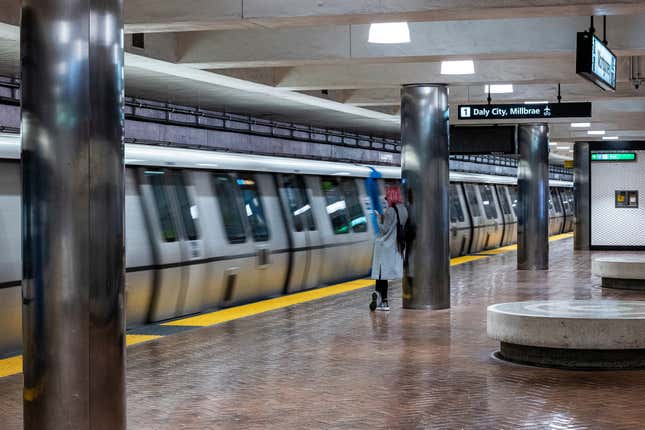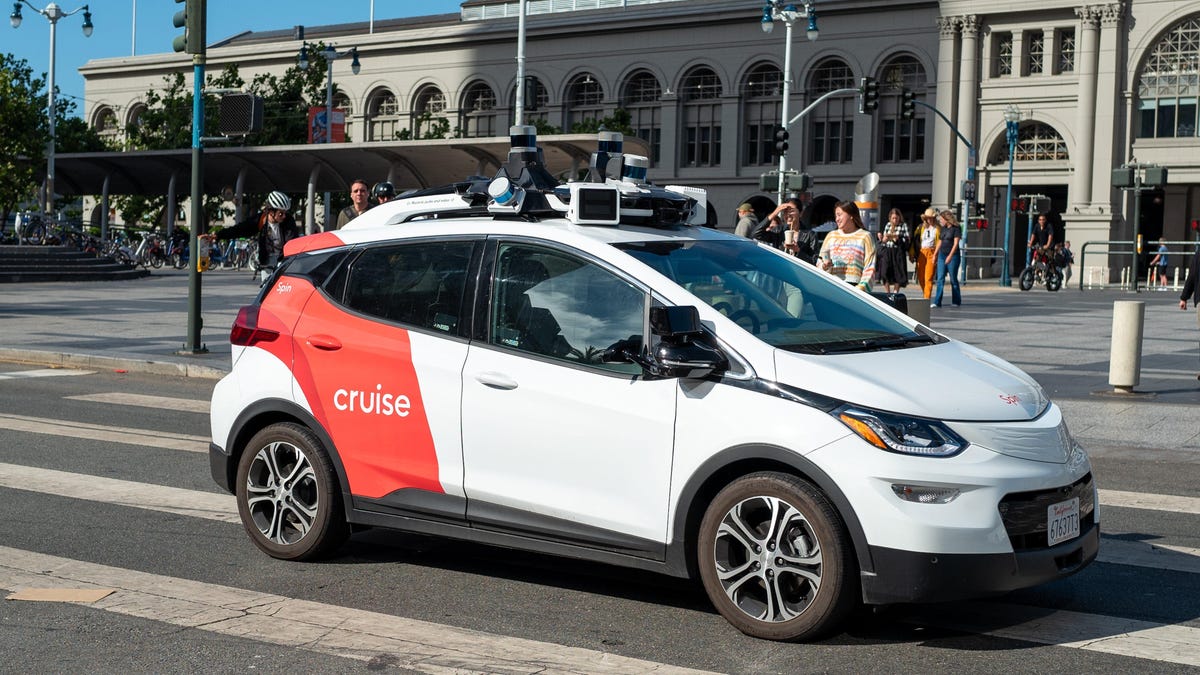The race for fully autonomous passenger cars is a dumb one. Businesses are playing with technology that offers massive downsides for little gain, and just end up clogging up streets with their often-confused computerized vehicles. But there’s more to the story than mere Sisyphean endeavors of trying to teach human behavior to computers: These companies have also wasted tons of money on the whole thing.
Cruise reportedly costs General Motors $2 billion per year. Waymo has taken in $5.7 billion in funding, and the industry expects to spend $50 billion on the endeavor through 2025. By now it’s public knowledge that autonomy is largely a bunch of smoke and mirrors from billionaires who dislike public transit investment, but what if all that money actually had gone to proven methods of getting to work without having to drive instead? What might we have then?

San Francisco is both the home of autonomous vehicle development and one of the most expensive cities in the United States — if there’s any place that would make the economics of self-driving work out, it’s there. San Francisco is also, conveniently, upgrading its railways to connect multiple transit systems. Many hands are being wrung over the ballooning costs of the project, which is now slated to cost $8.25 billion. So, with our $50 billion fund, let’s just get that done. $41.75 billion left.
Let’s move south in California, where Brightline is looking to connect Los Angeles to Las Vegas. The total cost of that project is supposed to be on the order of $12 billion, after which riders will be able to cross the desert in just over two hours without touching a single pedal or wheel. It’s also estimated to remove 3 million cars from the roads every year, saving — deep breath — 1,311,000,000,000,000,000 microplastic particles from entering the air annually. Seems a worthy cause. $29.75 billion left.
Earlier this week, I took an Amtrak from Boston back down to New York. I, an idiot, didn’t shell out for the high-speed Acela, so I sat in that window seat for a full four hours. It wasn’t my favorite, I’ll admit, but it was far less frustrating than dealing with Boston drivers. Lucky for me, though, there’s a proposal to run a high speed rail line between the two cities, bridging the two in just an hour and 40 minutes. That sounds good. Let’s get the first phase of that project, $23.4 billion in rail modernization, completely handled. $6.35 billion left.
Of course, all these transit costs are artificially inflated. In the United States, we love to hire consultants rather than workers, and we’re always happy to throw stakeholders’ random projects into the mix without consideration for cost or practicality. If we could get our high-speed rail costs down to Japan’s levels — $6.074 billion for the entire 92.5-mi, 162-mph Hokkaido Shinkansen line, inflation adjusted from 2016 dollars — our remaining money could more than cover an entirely new line straight from New York City to Philadelphia, cutting a 90-minute journey down to somewhere around half an hour.
What this comes down to is opportunity cost — the idea that a purchase doesn’t just cost you money, it also costs whatever else you could’ve bought with that money. The costs of autonomous vehicle development are staggeringly high, but the opportunity costs are even higher. We already have more efficient ways to move people around without making them drive, to get from point A to point B without interrupting our scrolling or web browsing or work — all that AV money could just build more trains.

